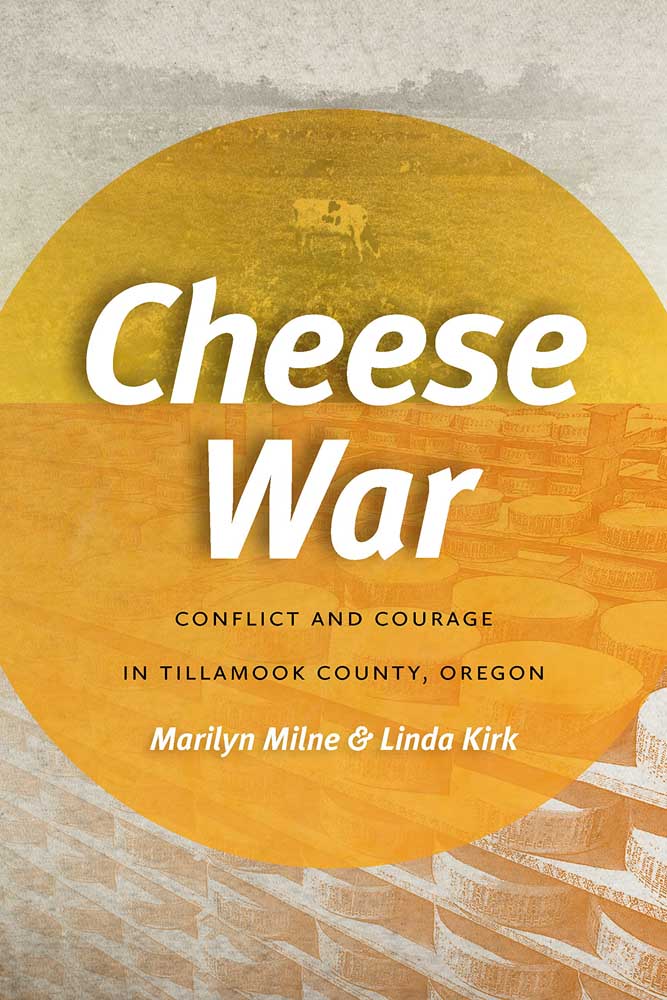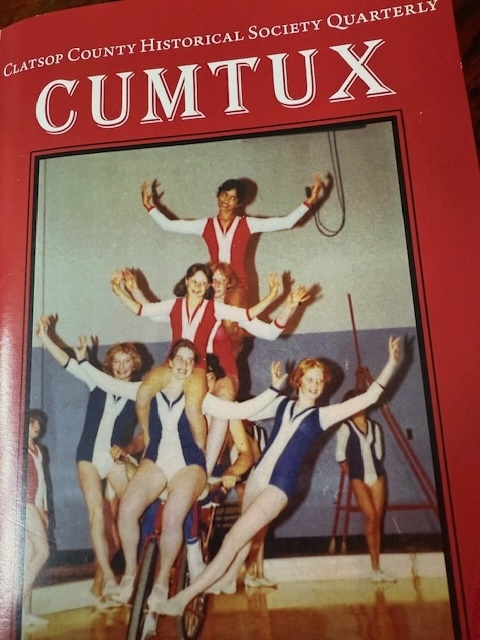Bookmonger: How conflict curdled the dairy industry
Published 9:00 am Wednesday, July 13, 2022

- ‘Cheese War’ is by Marilyn Milne and Linda Kirk.
‘Cheese War’ by Marilyn Milne and Linda Kirk
Oregon State University Press – 232 pp – $24.95
Trending
Years ago, my husband and I stopped by the Tillamook County Fair on our honeymoon. It was a wholesome celebration of cows, quilts and flower displays. There was no indication that Tillamook had ever been anything but a dairy idyll.
But reading “Cheese War” this past week exposed a strife that once curdled relationships among local dairy farmers throughout the 1960s.
As the daughters of a dairy farming couple that was involved in the conflict, sisters Marilyn Milne and Linda Kirk had an up-close view of the struggles. Their parents, George and Barbara Milne, eventually wound up on the losing side of the conflict.
Now, more than half a century later, the sisters are presenting their parents’ story. Early in “Cheese War,” Milne notes that County Creamery, a marketing umbrella for individual milk and cheese processing cooperatives, and the ultimate victor after a long series of legal battles and business ploys, commissioned a book of its own some 20 years ago. That book is titled “The Tillamook Way.”
Milne hopes that she and her sister can add to the historical record by presenting their parents’ points of view. Kirk provides personal anecdotes that supplement many chapters, while Milne sorts through the business details and legal tangles that took place. “It was a fight sparked by the discovery of wrongdoing,” Milne writes.
The authors’ dad was president of the Cheese and Dairy Association, a producer cooperative that was a member of County Creamery. This was at a time when the association’s board learned that the manager of County Creamery had made some unauthorized loans to distributors, cutting into farmers’ profits.
The association board’s confrontation with the manager was the first of many arguments. These were exacerbated by a swiftly changing dairy industry that was moving from small local enterprises to more consolidated factories. Profit margins for dairy products were collapsing, and farmers were left with piles of cow pies and not much else to show for their work.
County Creamery, the outfit that was supposed to be representing the dairy farmers’ products to outside markets, persisted in its sloppy, perhaps illicit, accounting procedures, leaving many farmers suspicious that they weren’t getting their due.
But not everyone wanted to rock the boat. Squabbles at local meetings turned into legal battles, sometimes in courtrooms as far away as Portland. Back at the barn, cows still needed to be milked twice a day. Family members were expected to pitch in, and sometimes neighbors had to be relied upon.
“Cheese War” chronicles the alliances, fault lines, fevered debates and exhaustion that once gripped the Tillamook community. Traces of animosity linger to this day.
But an insightful epilogue examines what dairy farming in Tillamook looks like in the 21st century. There are now fewer farms but more cows, sophisticated veterinary care, systems of production, governance and environmental stewardship. The latter has merited Tillamook County Creamery Association a Certified B Corporation designation. And then there’s over a billion dollars in annual sales.









